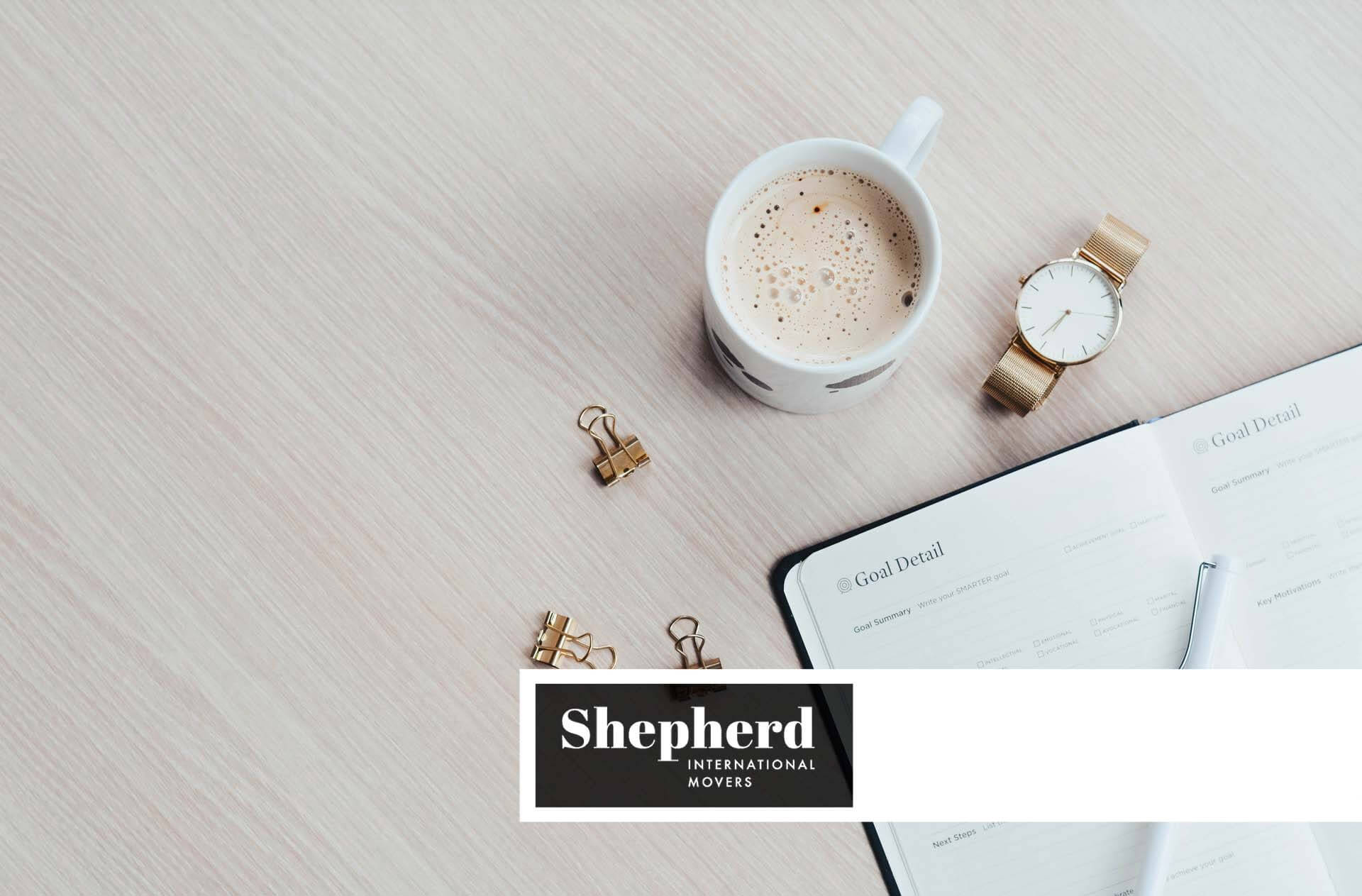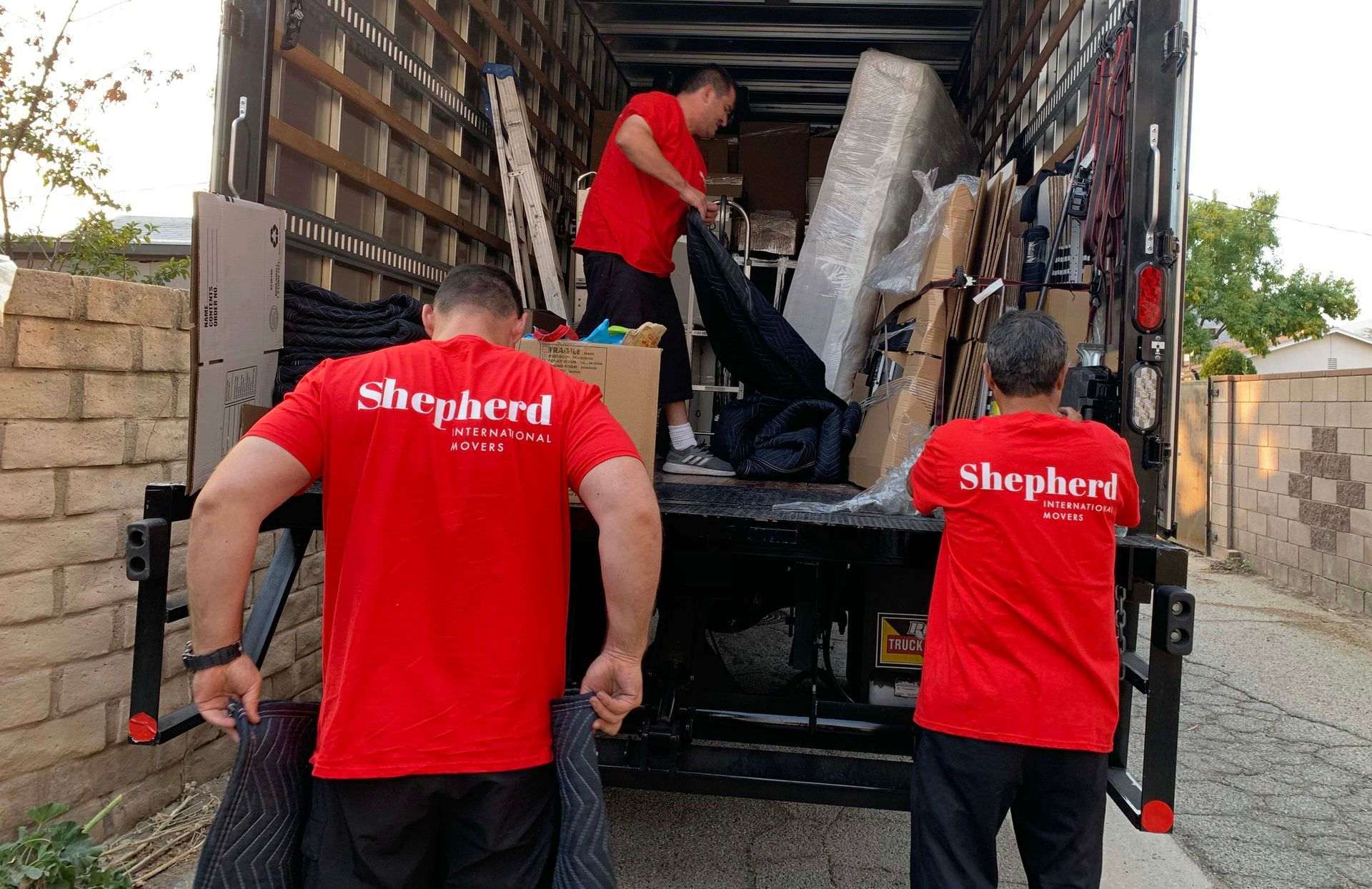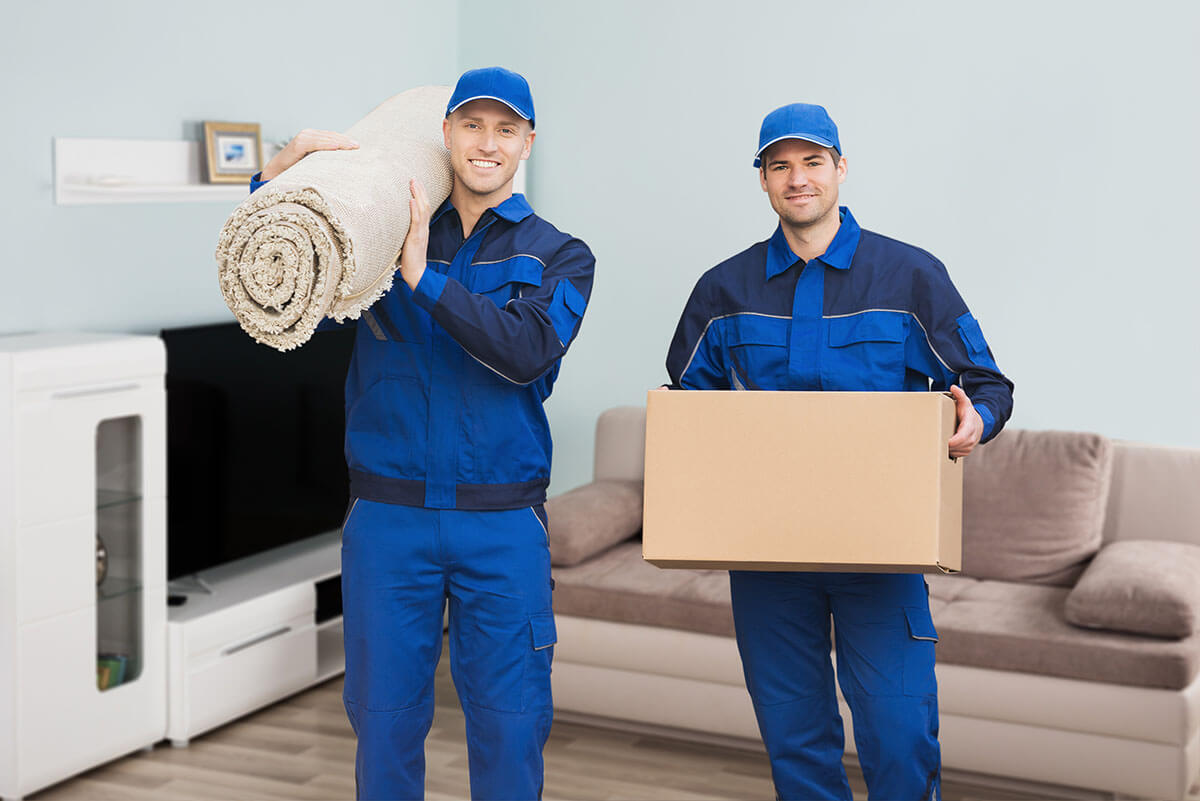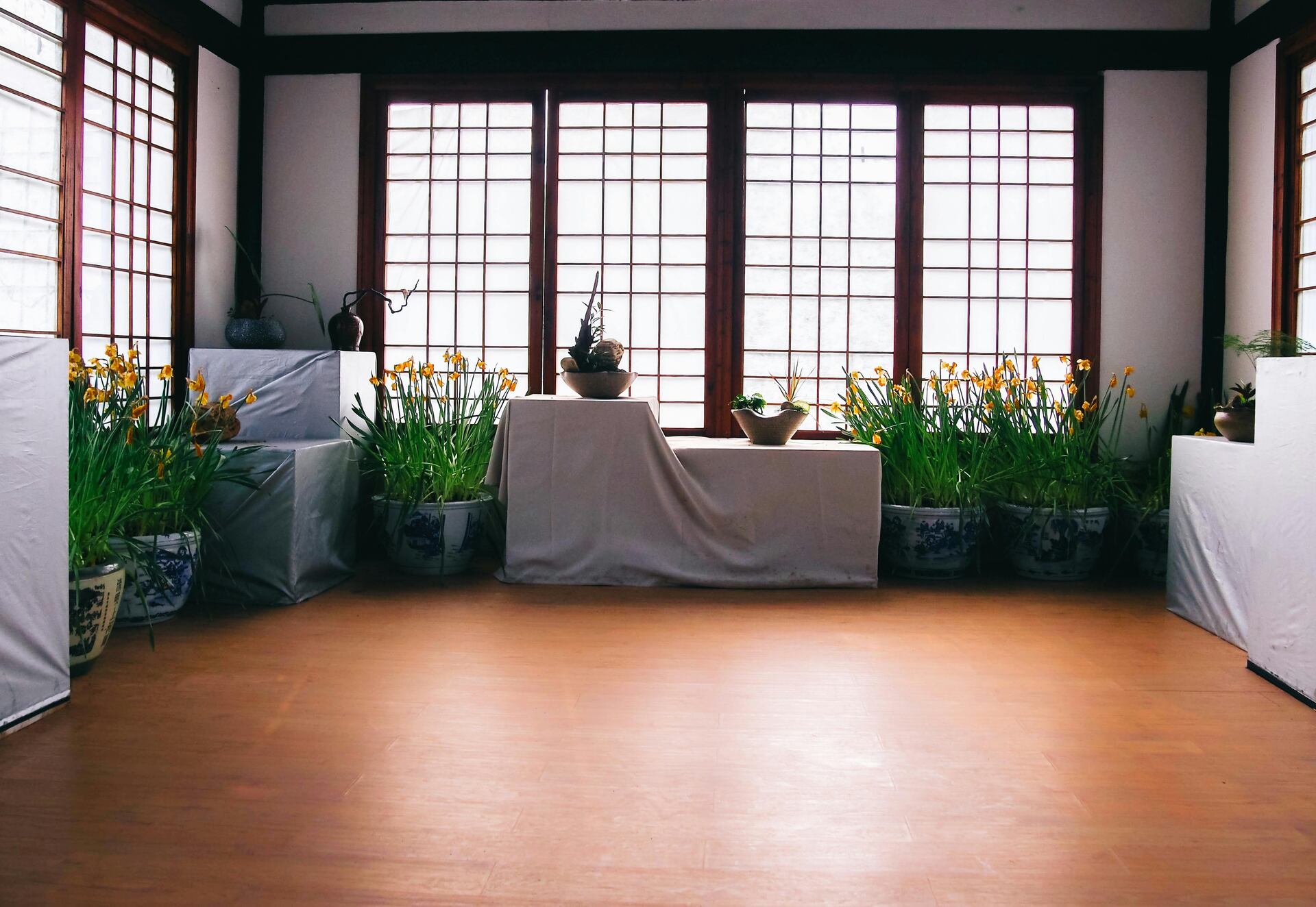

If you’re gearing up for an international adventure but dreading the thought of scuffs and scratches on your beloved flooring during the move, fear not. It’s important to know how to protect floors when moving internationally, so dive into our guide before you grab the passport.
Whether you’re navigating the charming cobblestone streets of a new European city or setting up a haven in a bustling Asian metropolis, moving overseas doesn’t have to mean leaving scratches and dents in your wake. Let’s pave the way to a smooth and stylish transition to a new home while you protect hardwood floors during the move the right way!
How to Protect Floors When Moving
Start by laying down appropriate materials, such as furniture pads, floor runners, or cardboard, especially when protecting hardwood floors during the move. Make sure to clean the floors beforehand to remove debris that could cause scratches. When moving furniture and heavy boxes, always lift them rather than drag them to avoid gouges and scratches.
Plan the route carefully, and use dollies and hand trucks with rubber wheels to transport heavy items. Also, pay special attention to protecting stairs and doorways with durable coverings. Lastly, if you’re using professional movers, check their insurance policies.

Why Floor Protection is Essential During a Move
It is essential to protect floors when moving abroad to avoid expensive damage that can lower a home’s value and ruin its aesthetic. Shifting furniture, appliances, and heavy boxes can easily mar flooring without proper precautions, especially when you’re in a rush to move efficiently.
According to Dumpsters, nearly all individuals who upgraded or replaced their flooring did so to either repair worn-out materials or refresh their décor.
Additionally, 18% made improvements to their floors to better suit new children or pets, while 12% renovated their floors as part of a home makeover to enhance their property’s marketability.
Keep in mind that installing hardwood floors can cost anywhere from $2,000 to $6,300, but the average cost across the country is $4,200.
Protective measures such as using felt pads, plywood sheets, or specialized floor coverings can prevent scratches, dents, and scuffs. This approach not only preserves the appearance and integrity of the flooring but also saves money and effort on potential repairs, ensuring the home remains pristine and inviting.
Whether you are moving out for the first time, moving to a new city across the globe, or even relocating abroad alone, these home moving tips are essential for a stress-free experience. Additionally, understanding how to properly prepare for movers and deciding what to keep can further ease the process.
Risks to Flooring During the Moving Process
Without adequate protection, all types of flooring can get scuffs and abrasive marks. Different kinds of flooring are more susceptible to damage that can last a lifetime when not handled carefully during relocation:
- Hardwood flooring is prone to damage from dropped objects or large pieces of furniture, which can easily cause dents and scratches. That’s why it’s important to know how to protect wood floors when moving.
- Carpets can suffer tears, stains, or crushing under the weight of heavy boxes or furniture.
- Tile flooring, though durable, is vulnerable to cracks or chips if heavy objects are mishandled.
These damages are not only unsightly but can also be expensive to repair, and that is why we must do everything we can to protect them.
Long-Term Impact of Floor Damage
Damage to the floor has effects that last longer than just the trouble and cost of fixes. If damage is too bad, it can lower the value of the whole house, making it less appealing to buyers and lowering its market price. It can take away from the beauty and appeal of a room, making it look old and badly taken care of. Keeping floors safe during a move is an important part of keeping a home’s worth and making sure it stays a welcoming and appealing place to live.

Floor Protection Strategies by Shepherd International Movers
Shepherd International Movers uses a number of different methods to protect floors completely during shifting and loading items.
Part of our team’s plan is to use long-lasting materials that will protect all kinds of floors from damage.
This proactive protection is a big deal in our international moving company, and we try to keep the client’s stuff in perfect shape from beginning to end.
Materials Used for Floor Protection During Moving
The Shepherd International Movers team uses several materials to protect floors during a relocation. Each material is selected for its specific benefits to ensure optimal floor protection:
- Furniture pads are used to prevent scratches and dents from heavy furniture. These can be wrapped around furniture legs or bases, providing a soft buffer.
- Floor runners made of neoprene or carpeted surfaces create a protective pathway for movers, especially in high-traffic areas.
- Plywood sheets help distribute weight more evenly, protecting softwood floors and carpets from heavy appliances and furniture. If you’re wondering how to move appliances without scratching the floor, these sheets are the way to go.
Techniques Employed by Professional Movers
At Shepherd International Movers, we ensure our staff knows how to move items without damaging the floors. This includes the correct techniques for lifting and placing heavy items to avoid dropping or dragging them, which can severely damage floors. Another crucial strategy is to plan our path in advance. By determining the best routes through the house, we can avoid overburdening easily damaged floors and prevent unnecessary wear. Our careful planning and execution are vital for protecting our clients’ investments and maintaining the overall integrity of their homes.
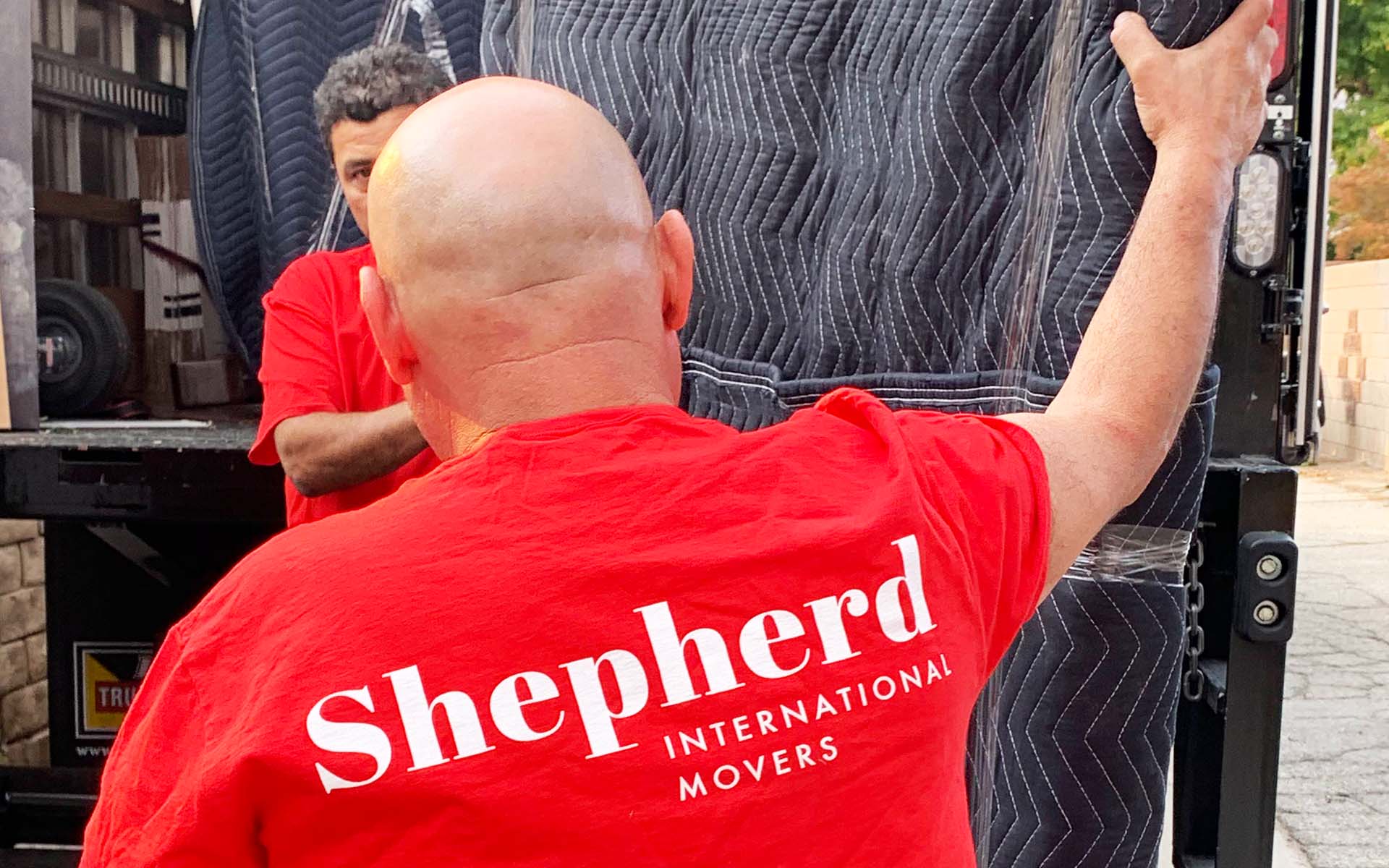
DIY Floor Protection Tips
For those preparing to move to another country, protecting floors is a critical step that can prevent costly damages. With the right tools and a bit of preparation, you can ensure everything remains unscathed throughout the process. These DIY relocation tips will guide you through preparing floors before the movers arrive.
Preparing the Home Before the Movers Arrive
Begin by thoroughly cleaning to remove debris that could cause scratches. Next, cover the floors using materials like cardboard or plastic sheeting, securing them with painter’s tape to avoid slippage. Ensure that all coverings lay flat against the floor to prevent tripping hazards. Additionally, clear any obstacles from hallways and doorways to create a smooth, safe path for movers to navigate. This not only protects floors but also speeds up the relocation process by reducing the risk of accidents.
Tools and Supplies for Last-Minute Floor Protection
Keeping a few essential tools and supplies on hand can be a lifesaver for last-minute protection. Cardboard sheets are great for covering large areas quickly because they’re particularly effective on hard surfaces like wood and tile. Rugs and old carpets can be used to cushion stairways and high-traffic areas, while duct tape or painter’s tape can secure these materials without damaging the floor finish.
For best results, overlap the materials slightly to cover gaps and tape them down firmly to ensure they stay in place as people and furniture move over them. These simple steps can significantly reduce the risk of damage.
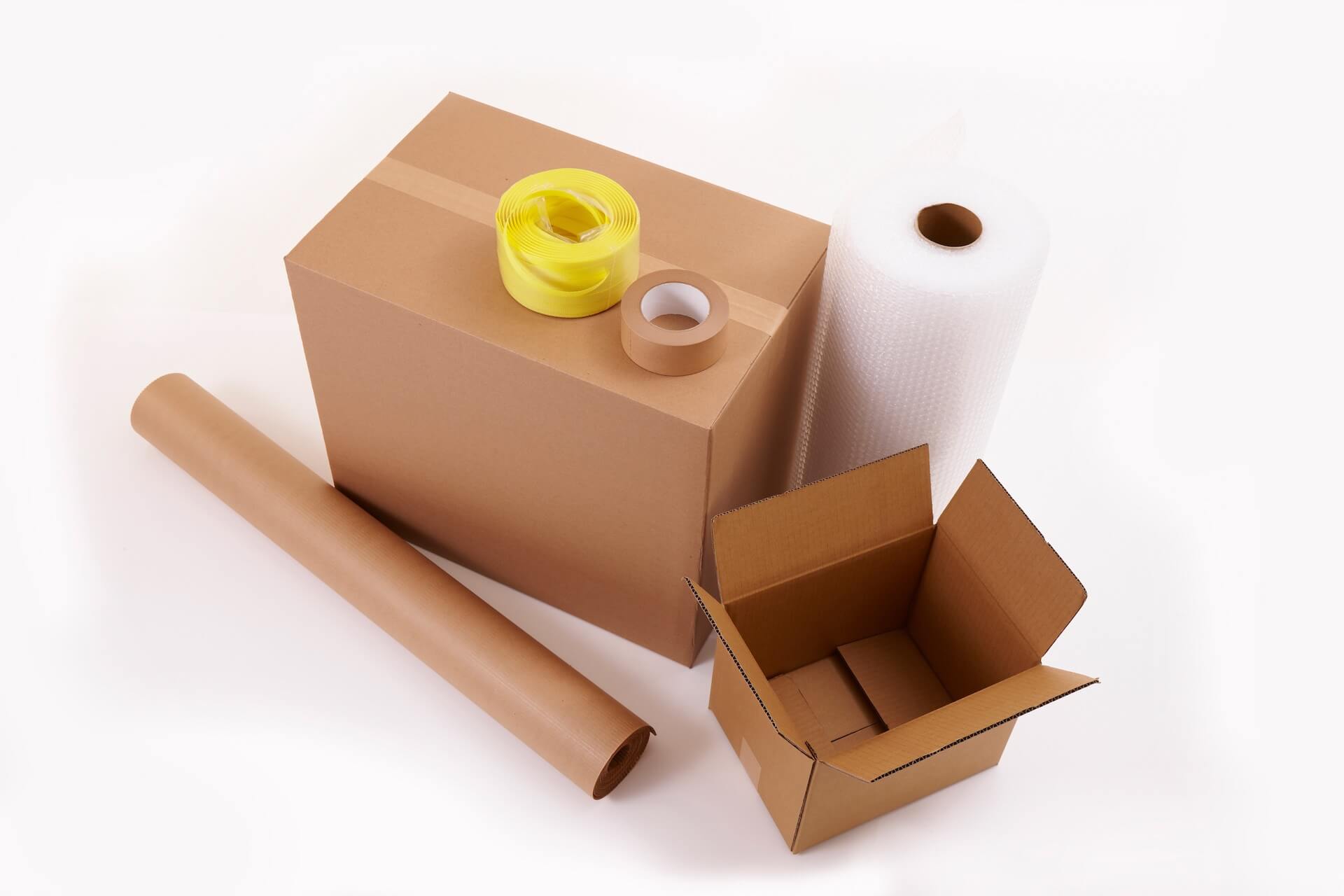
After the Move – Checking and Caring for Floors
Once the movers have departed and belongings are in place, it’s important to give the undivided attention to the floors’ condition. Proper inspection and care can ensure any issues are addressed promptly and floors remain in top condition.
Post-Move Floor Inspection
After the move, conduct a thorough inspection of the floors to identify any potential damage. Start by removing any protective coverings carefully to assess the underlying surfaces. Look for scratches, dents, or cracks on hardwood and tile floors. For carpets, check for tears or staining. Document any damage by taking detailed photos and notes, which can be crucial for insurance claims or discussions with the relocation company. Ensure you check less visible areas under furniture and rugs, as these spots can often go unnoticed.
Floor Care Tips After Moving
Once the floors are inspected, regular cleaning and maintenance are key to keeping them in excellent condition. For hardwood flooring, use a soft broom or a vacuum with a hardwood setting to gently remove dirt and debris. Avoid harsh chemicals and opt for cleaners specifically designed for hardwood.
Tile floors can be cleaned with mild detergent and warm water, but be cautious with grout lines, which may require special attention to prevent mold and mildew. Carpets should be vacuumed regularly, and prompt attention to spills can prevent stains from setting. For deep cleaning, hire professional cleaners, especially for high-grade carpets or delicate materials. Using the right products and techniques will ensure the flooring looks great and lasts longer.
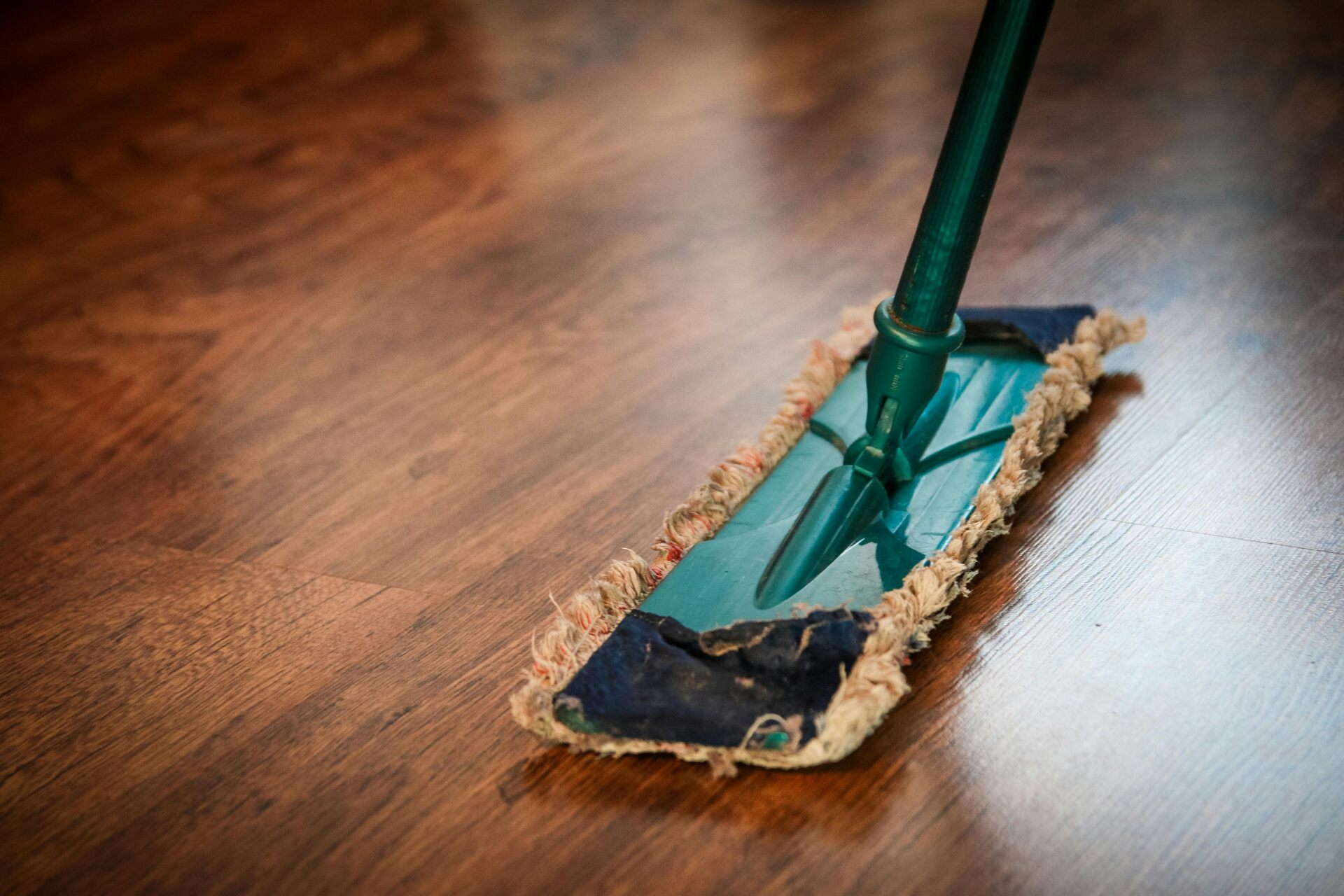
Ensuring Floor Safety with Shepherd International Movers
Moving floor protection and safe moving practices provided by our team preserve your home’s look and safeguard your investment. The Shepherd International Movers team uses advanced materials and techniques, like furniture pads and floor runners, along with strategic planning and careful handling, to protect all types of flooring effectively.
By opting for Shepherd International Movers, you are choosing a team dedicated to the safety and integrity of your home. Our thorough floor protection and reliable international moving services ensure a smooth, damage-free relocation, making us a top choice for those who prioritize maintaining the state of their home. For anyone looking to relocate without compromising the condition of their house, contact us, and let’s get started on your relocation across the world.
Frequently Asked Questions About Floor Protection
What Should I Do if I Notice Damage to My Floor After Moving?
If you notice damage to your floor after relocating, document it immediately with photos and detailed notes. Contact the moving company to report the damage as soon as possible. Most reputable movers, like Shepherd International Movers, will have an insurance or compensation policy in place for such occurrences.
Can Shepherd International Movers Provide Floor Protection for a Last-Minute Move?
Shepherd International Movers is equipped to handle last-minute relocations and can handle moving damage prevention even on short notice. It’s advisable to discuss all specific needs as quickly as possible to ensure they can prepare the appropriate materials and staff.
How Does Floor Protection Differ for Carpet vs. Hardwood Floors?
For carpeted flooring, protection typically involves using thick, adhesive films or carpet masks that stick to the carpet to prevent tears and stains. For hardwood floors, felt pads, plywood sheets, or special rubber mats are used to prevent scratches, dents, and moisture damage.
Are There Additional Costs for Floor Protection Services?
Yes, there may be additional costs for floor protection services, depending on the materials and the extent of coverage required. It’s best to get a detailed quote from Shepherd International Movers beforehand to understand all associated costs.
How Do I Prepare My Floor for Moving Heavy Furniture?
To prepare appropriately, clean the floor thoroughly to remove any debris that might cause scratches. Use furniture sliders under heavy items to distribute the weight evenly and avoid dragging the furniture. Cover walkways with cardboard or specialized floor protection mats to shield against foot traffic and dropped items.
